You have no items in your shopping cart.
Wine Savennières
The wine of Savennières occupies a special place in the production of white wines of Anjou, because it is a dry white wine, whereas they are generally sweet in the region. The Savennières terroir is very limited, occupying only 150 hectares. Only one grape variety is allowed in the Savennières AOC, the Chenin Blanc, also known as Pineau de la Loire or Pineau de Savennières. Read more on Savennières
-
Top Selling
-
Top Selling
-
Top Selling-27%
Appellation Savennières
The history of Savennières
Savennières is located 15 kilometres from Angers, heading southwest, on the north bank of the Loire. The appellation area covers three communes: Savennières, Bouchemaine and La Possonnière. The commune of Savennières was formerly called Saponaria, after the saponaria, a pink-flowered herbaceous plant that thrives so much in the wetlands near the Loire. The vines have been present here since ancient times.
During the Middle Ages, the great abbeys developed the culture of vines and already of this particular white wine for the region. The monks of Saint-Nicolas d'Angers worked the land hard to make the most of it. They were particularly active during the 12th century and it is to them that we owe the Savennières wine as it exists today.
Some figures on Savennières
The Savennières production area is worked by about thirty winegrowers. Each year, about 4,000 hectolitres are produced, i.e. nearly 550,000 bottles. The yield is 50 hectolitres per hectare. The dry wine is the most famous, but it can also be demi-dry or mellow. It is advisable to keep it for at least five years before serving it at the ideal temperature of 12°C. It is best decanted.
The Savennières appellation benefits from a welcoming climate and soils
Here, the schist soils and the hilly relief that protects the hillsides from the wind are conducive to vine growing. The hillsides are ventilated on the banks of the Loire, but never beaten by too strong winds. The volcanic seams fertilise the land and boost the production of grapes.
The terroir is quite varied on the Armorican massif of Anjou and Nantais. Schist and volcanic rocks form the main structure of a land where the vineyard thrives. The climate of the Loire Valley is temperate overall. It benefits from the oceanic influence in the Nantais and Anjou regions. Rainfall is fairly regular throughout the year, and temperatures remain mild, without ever reaching extremes.
The characteristics of Savennières wine
The white chine, the only grape variety in Savennières, gives the white wine a deep golden yellow colour, with hints of straw. As it ages, the wine adopts amber hues. The wine may have green tints when it is still young. The nose is extremely rich. You will recognise aromas of lime blossom, aniseed, grapefruit, pear, jasmine, white peach, wildflowers and white flowers. As the wine ages, it develops intense and complex dried fruit aromas.
His mouth is persistent, with great aromatic power. Always very fresh, it gives off a strong minerality. The white wine of Savennières can be served as an aperitif. It will then accompany an andouillette with white wine, cooked fish, such as plaice or monkfish, as well as white meat. It is delicious with chicken à l'Angevine.
The Coulée-de-Serrant AOC
The only monopoly in the Loire Valley, the Coulée de Serrant estate has been run biodynamically since 1980. This 7-hectare micro appellation located on very steep hillsides overlooking the Loire River and facing south yields particularly aromatic and fresh wines, showing a deep minerality.
The grapes are harvested in several stages to obtain the most marked maturity by the botrytis. The wine is then aged in oak barrels.
It reveals aromas of lime, anise, grapefruit, jasmine and peach. With time it develops complex notes of beeswax and dried fruit.
The AOC Savennières-Roche-aux-Moines
This appellation produces fresh and intense wines with aromas of acacia flowers. An excellent wine for ageing, the Savennières-Roche-aux-Moines are marked by a strong minerality and evolve on notes of candied fruits, nuts and sweet spices. The grapes are harvested at optimal maturity by successive selections.
Vallée de la Loire appellations











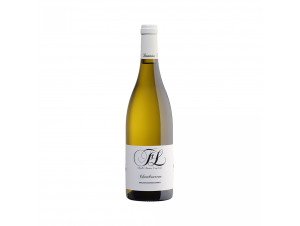
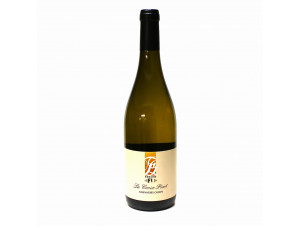





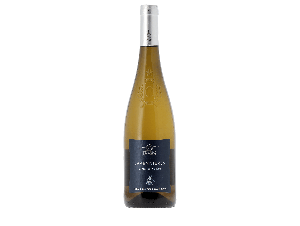



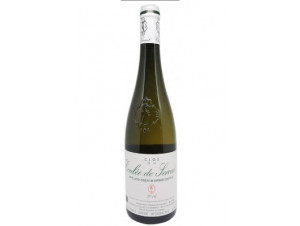
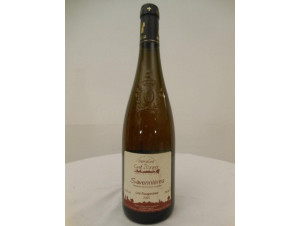






 TWIL - Achat de Vin
TWIL - Achat de Vin


